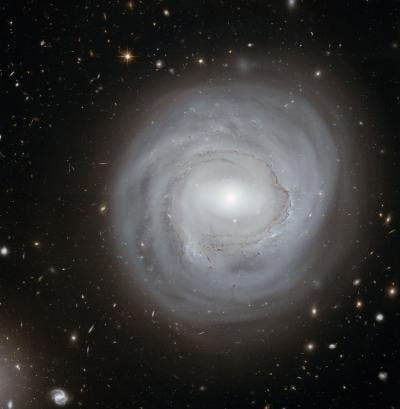
Two years ago, researchers reported the strange movement of hundreds of galaxy clusters moving in the same direction at about 3.6 million kilometers per hour. Current spatial movement models can’t explain this in any way, so at the time, they launched a strange hypothesis: clusters are being tugged by the gravity of something outside our universe. Just take a minute to imagine that; on the outskirts of creation, unseen unthinkable …objects (for the lack of a better word) drawing huge chunks of our universe. Of course such structures would be fundamentally different from anything we know, and accepting this idea would basically mean rewriting a big part of everything we know about modern physics; so the idea was dropped.
However, this dark flow has been reported once again, way further away than the first time: more than 2.5 billion light-years from Earth. This time, the team had the advantage of 2 years of processing data and tracking galaxies so the conclusion was more obvious this time.
“We clearly see the flow, we clearly see it pointing in the same direction,” said study leader Alexander Kashlinsky, an astrophysicist at NASA’s Goddard Space Flight Center in Maryland. “It looks like a very coherent flow.”
The find seems to support the idea that significant parts of matter were pushed outside of our universe right after the Big Bang, backing the multiverse theory up. Either way, dark flow is definitely one of the most interesting phenomena we’ve come across, and probably researchers are going to struggle to explain it for decades to come.
Was this helpful?



